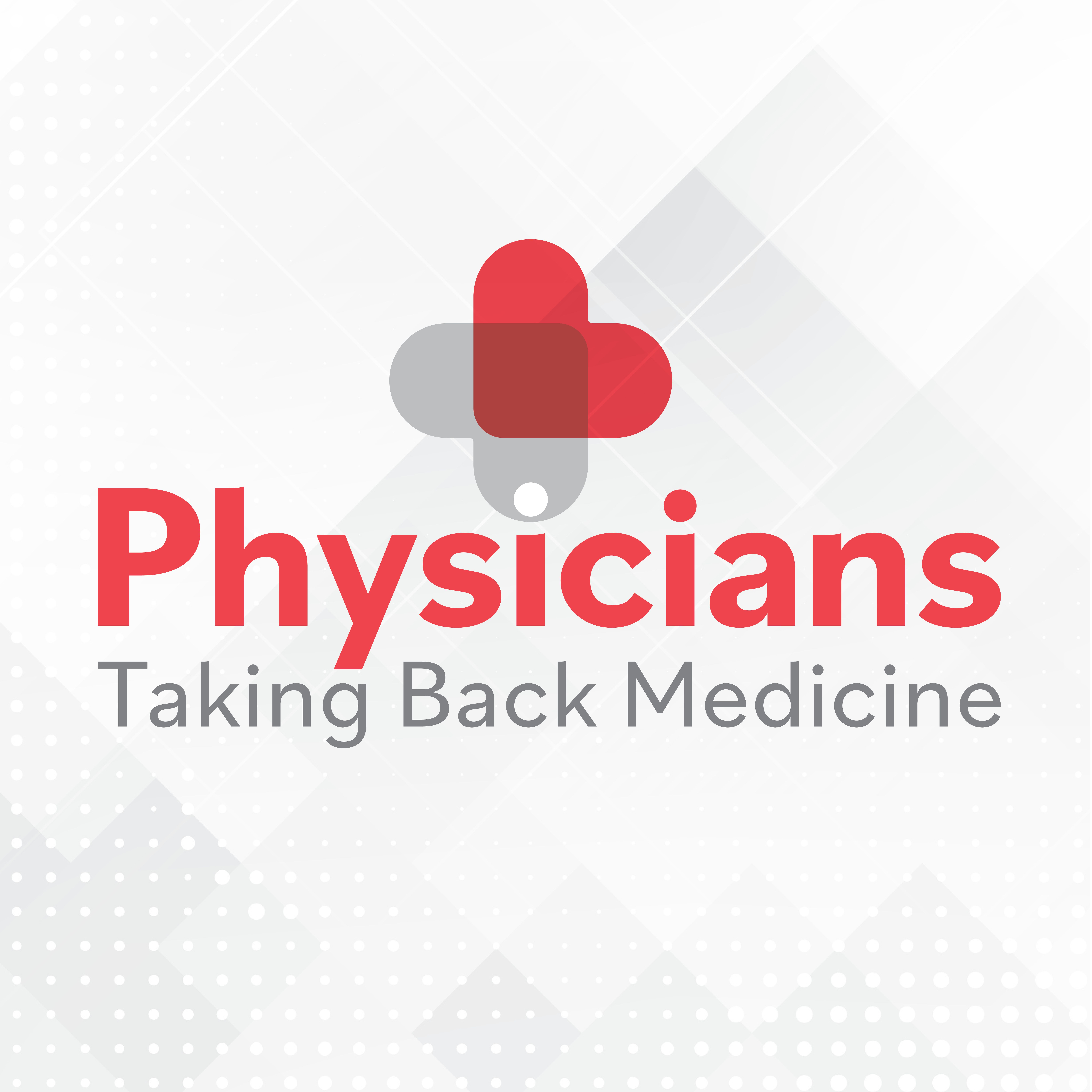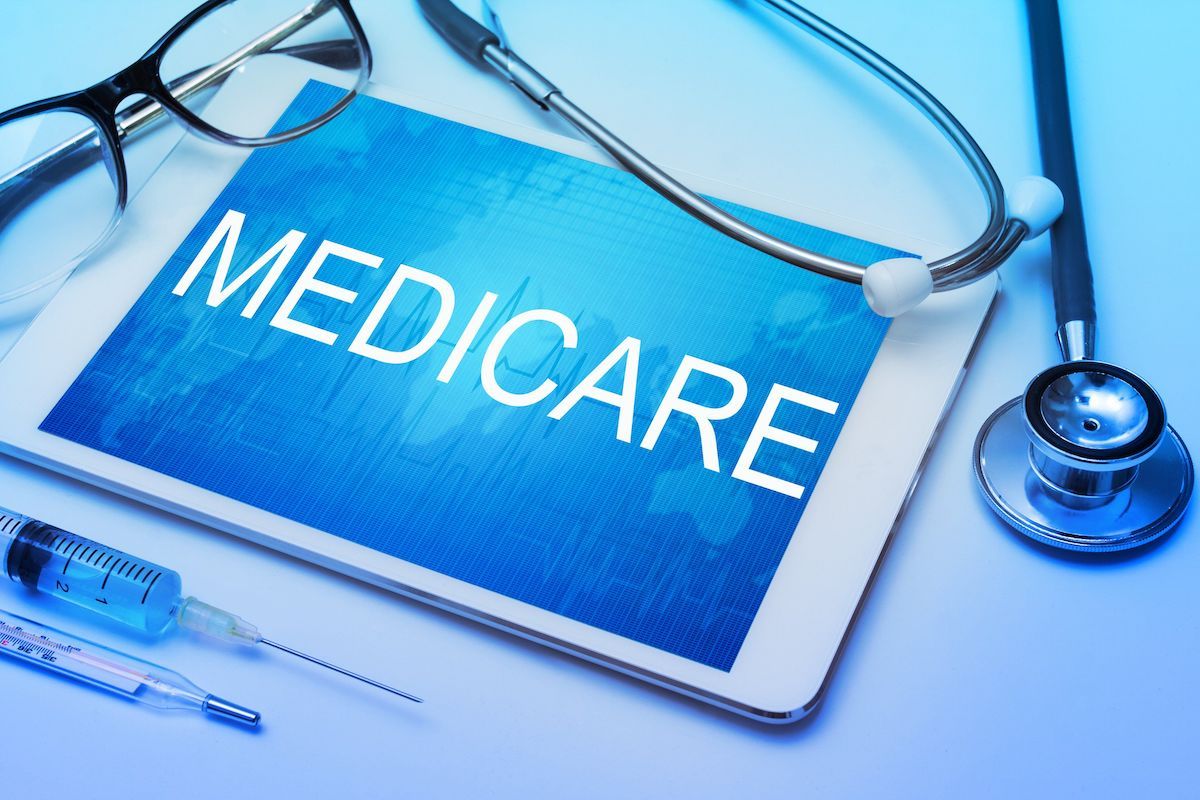News
Article
1 in 3 U.S. retail pharmacies have closed since 2010
Author(s):
Key Takeaways
- One-third of U.S. retail pharmacies closed since 2010, disproportionately affecting Black and Latino communities, with closures accelerating from 2018 due to industry consolidation.
- Independent pharmacies, often excluded from PBM networks, closed at twice the rate of chain stores, worsening health disparities in marginalized neighborhoods.
The rate of pharmacy store closures has more than doubled in recent years in what researchers call an “unprecedented decline.”
Retail pharmacy closures © EyeMark - stock.adobe.com

A recent study by researchers from the University of Southern California (USC) and the University of California, Berkeley (UC Berkeley) revealed that roughly one in three U.S. retail pharmacies have closed since 2010, with most states seeing an overall decline in drugstores in recent years. Published on December 3, 2024, in the journal Health Affairs, the study analyzed key characteristics of pharmacy closures between 2010 and 2021, identifying which communities are most at risk for future closures, and formulating policies that could help them survive. Approximately 91.6 million people were affected across the third of U.S. counties that experienced a net decline in operational pharmacies, and communities that are predominantly Black or Latino were disproportionately impacted.
For the majority of the 2010s, pharmacies across the country were opening more frequently than they were closing. During the first half of the decade, pharmacies were closing at a significantly slower rate, with just one in eight closing between 2009 and 2015. The new study found that the unprecedented decline began in 2018 during an active period for industry consolidation, which included the merging of large pharmacy chains with pharmacy benefit managers (PBMs).
“At the same time many states are making efforts to expand the scope of pharmacy services beyond dispensing drugs to include the provision of preventive and emergency care, we found that there are—for the first time for at least a decade—fewer pharmacies available to provide them,” said Dima Mazen Qato, senior author of the study, senior scholar at the USC Schaeffer Center for Health Policy & Economics and the Hygeia Centennial Chair and associate professor at the USC Mann School of Pharmacy and Pharmaceutical Sciences.
Between 2018 and 2021, 41 states saw a decline in the number of pharmacies. Between 2010 and 2021, about one-third of U.S. counties experienced a net decline in pharmacies, and in seven states—Illinois, Maine, Mississippi, New York, Pennsylvania, Rhode Island and Vermont—more than 50% of counties experienced a net decline in pharmacies. Approximately 37.5% of pharmacies located in predominantly Black neighborhoods, and 35.6% of pharmacies in predominantly Latino neighborhoods, closed between 2010 and 2021. These closure rates were significantly higher than in predominantly white neighborhoods, where 27.7% of pharmacies closed during the same period.
“Our findings suggest that closures may widen health disparities in access to prescription and other essential pharmacy services, such as vaccinations and pharmacist-prescribed regimens, including contraceptives, medications for HIV prevention and treatments for opioid use disorder,” Jenny Guadamuz, first author of the study, assistant professor at the UC Berkeley School of Public Health and health equity program director for the UC Berkeley Center for Health Management & Policy research, said in a USC Schaeffer release.
Researchers attribute these differences to the struggles of independent pharmacies, which are often excluded from networks by PBMs. Independent pharmacies closed at a rate twice as high as chain stores and were significantly more likely to be found in neighborhoods that were predominantly Black, Latino, low-income or that had disproportionate rates of residents with Medicare or Medicaid coverage.
“Without safeguarding pharmacies in marginalized neighborhoods, expanding health care services at pharmacies may enhance convenience for more affluent populations while failing to address the health needs of communities disproportionately affected by pharmacy closures, particularly Black and Brown populations in low-income urban areas,” Guadamuz explained.
Policies to prevent pharmacy closures
In addition to this unprecedented decline, researchers expect thousands of pharmacy closures are still to come over the next few years. With that said, their study does offer a potential roadmap for identifying which communities are at risk of losing drugstores, and what policies would contribute to their survival. Researchers recommend that federal and state policymakers consider policies that would increase participation of independent pharmacies in preferred pharmacy networks, which are used by PBMs to encourage patients to visit certain locations by offering lower cost-sharing or out-of-pocket costs.
Specifically, researchers propose mandating Medicare and Medicaid plans to give preferred pharmacy status to pharmacies that are identified as being at a heightened risk of closure, or those operating out of "pharmacy deserts,” which have reduced access to pharmacy services. In the commercial market, they federal and state regulators should consider requiring that PBMs’ preferred networks don’t disproportionately favor pharmacies belonging to chains, including those belonging to the same company, according to the researchers.
“Federal, state and local policies and programs should consider targeted strategies, including increases in Medicare Part D and Medicaid pharmacy reimbursement rates, to protect critical access pharmacies most at-risk for closure, particularly those serving neighborhoods that are or are at risk of becoming pharmacy deserts,” Qato said.





